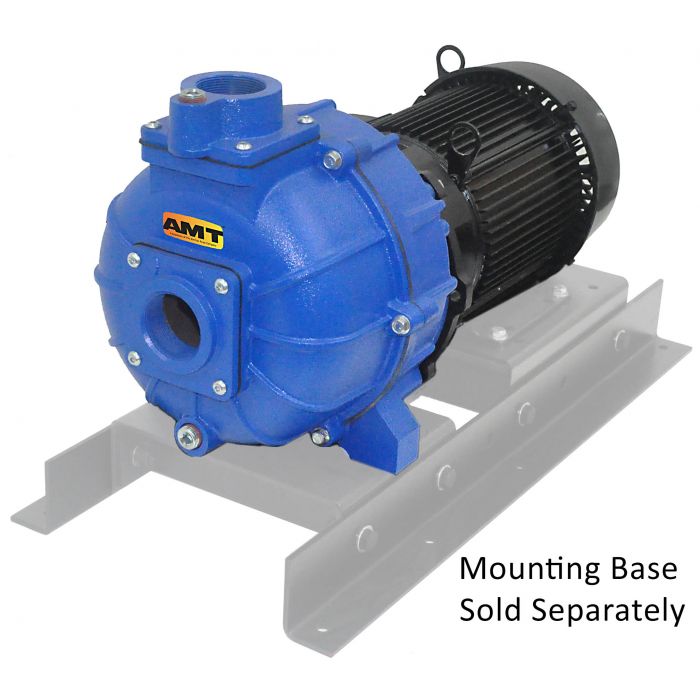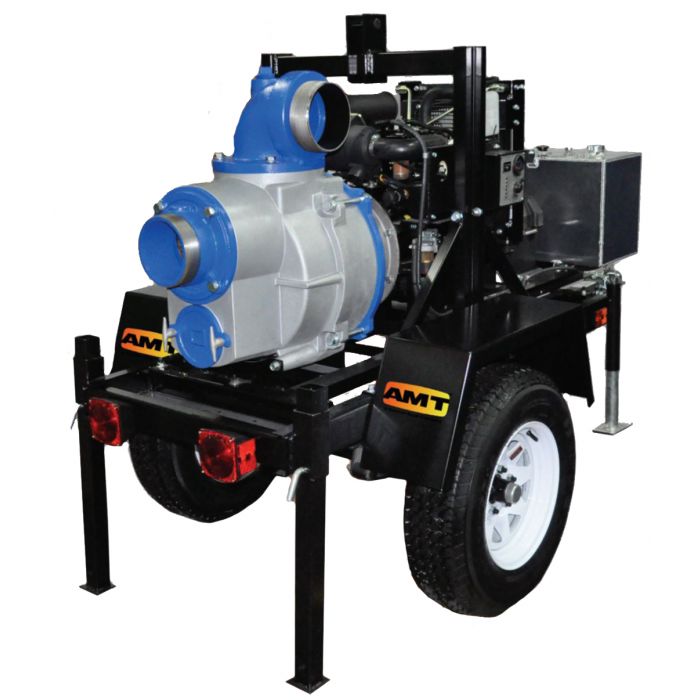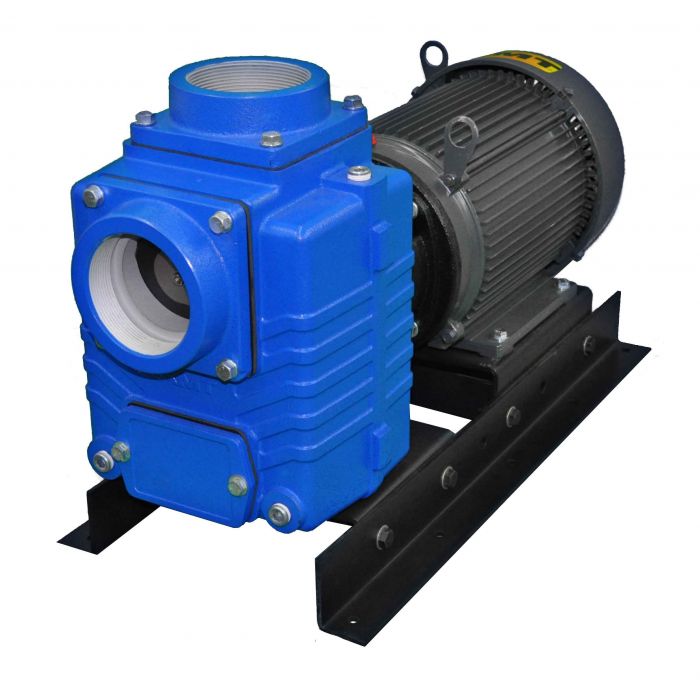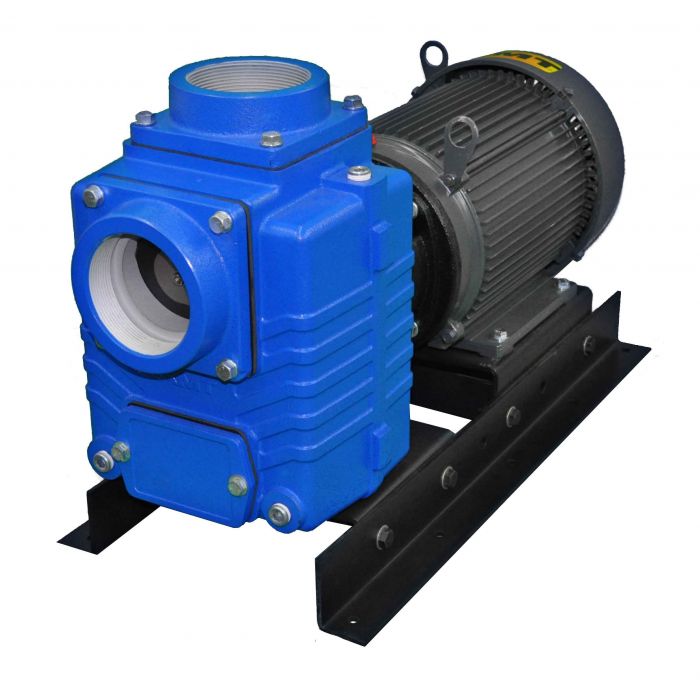Why Should I Buy a Wet-Prime Water Pump?
- By Kelsey Lepperd
- Nov 30, 2023
Water pumps are lifelines in various sectors, and among the array of choices, wet-prime water pumps stand out for their self-priming capabilities. These pumps efficiently handle diverse applications, from agricultural irrigation to construction site dewatering, making them versatile tools for fluid management.
With their ability to automatically reprime after initial use, wet-prime water pumps offer a reliable solution for continuous and efficient water transfer. In this exploration, we will delve into the distinct features and applications that set wet-prime water pumps apart, guiding you through their advantages and optimal use in various industries.
How Wet-Prime Water Pumps are Different from Others Water Pumps
- Automatic Repriming: Wet-prime pumps distinguish themselves by automatically repriming, eliminating the need for manual intervention. This feature is a game-changer, ensuring seamless operation even when water levels drop below the pump's intake.
- No Manual Priming: Unlike traditional pumps that require manual priming, wet-prime pumps skip this step, making them more efficient, especially in scenarios where continuous pumping is essential.
Benefits of Wet-Prime Water Pumps
- Efficient Handling of Air and Gas: Wet-prime pumps excel in handling liquids with high air or gas content, ensuring uninterrupted performance even in challenging conditions.
- Resilience to Abrasive Materials: These pumps can handle abrasive materials without compromising performance, making them a go-to choice for construction sites or industries dealing with debris-laden water.
- Reduced Downtime: The self-priming capability contributes to quick startup times and minimal downtime, enhancing overall productivity and reducing the need for constant monitoring.
Common Applications and Industries for Wet-Prime Water Pumps
- Construction Sites: Ideal for dewatering excavations and managing water with suspended solids.
- Municipalities: Used in sewage bypass operations, ensuring continuous wastewater flow during maintenance or repair.
- Emergency Response Teams: Rapid deployment capabilities make wet-prime pumps crucial in flood control and disaster relief efforts.
- Agriculture, Mining, and Oil & Gas Industries: The adaptability of wet-prime pumps suits them for handling challenging liquids and diverse operating conditions in these sectors.
Different Types of Wet-Prime Water Pumps
Wet-prime water pumps come in distinct types, each tailored for specific needs:
- Centrifugal Pumps: Known for high flow rates, making them suitable for moving large volumes of water.
- Diaphragm Pumps: Ideal for applications requiring precise control and metering.
- Trash Pumps: Excel in handling solid-laden liquids, making them perfect for construction sites dealing with debris-filled water.
Understanding these types empowers users to select the most suitable pump based on their unique requirements.
With their automatic repriming capability, resilience to challenging materials, and diverse application spectrum, wet-prime water pumps solidify their role as indispensable tools in fluid management. Whether navigating fluctuating water levels, handling abrasive substances, or requiring swift deployment, wet-prime water pumps prove to be steadfast allies, ensuring a continuous and precise flow where it matters most.











